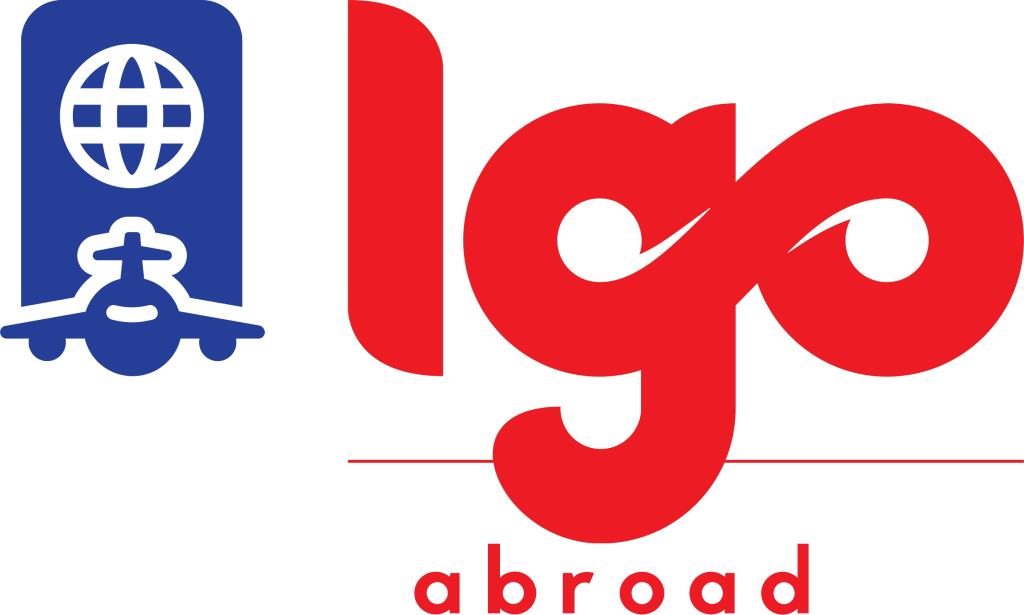Best Education & Immigration Consultants
OET
OET
The Occupational English Test (also known as OET) is an English language test for healthcare professionals recognised by various regulatory healthcare bodies. It assesses the language communication skills of healthcare professionals who wish to register and practise in an English-speaking environment. All four language skills are assessed, with Writing and Speaking tests available in 12 different areas of healthcare. All candidates sit the same Reading and Listening tests.
OET is available for the following 12 professions: dentistry, diabetics, medicine, nursing, occupational therapy, optometry, pharmacy, physiotherapy, podiatry, radiography, speech pathology, and veterinary science. Test takers include: nurses (47%), doctors (23%), dentists (20%), and pharmacists (6%).
OET is accepted as proof of English proficiency in the UK, Ireland, Australia, New Zealand, Dubai, Namibia and Singapore for registration in 12 healthcare professions.
OET is owned by Cambridge Boxhill Language Assessment Trust (CBLA). It is a venture between Cambridge English and Box Hill Institute.
OET Exam Pattern
OET provides a valid and reliable assessment of all four language skills – Listening, Reading, Writing and Speaking – with an emphasis on communication in medical and health professional settings.
OET comprises of four sub-tests:
Listening | (approximately 45 minutes)
|
Reading | (60 minutes)
|
Writing | (45 minutes)
|
Speaking
| (approximately 20 minutes). |
Listening
Candidates are required to demonstrate that they can follow and understand a range of health-related spoken materials such as patient consultations and lectures.
Part A – consultation extracts (about 5 minutes each)
Part A assesses candidates’ ability to identify specific information during a consultation. They are required to listen to two recorded health professional-patient consultations and complete the health professional’s notes using the information they hear.
Part B – short workplace extracts (about 1 minute each)
Part B tests candidates’ ability to identify the detail, gist, opinion or purpose of short extracts from the healthcare workplace. They are required to listen to six recorded extracts (e.g. team briefings, handovers, or health professional-patient dialogues) and answer one multiple-choice question for each extract.
Part C – presentation extracts (about 5 minutes each)
Part C assesses candidates’ ability to follow a recorded presentation or interview on a range of accessible healthcare topics. They are required to listen to two different extracts and answer six multiple-choice questions for each extract.
Reading
Candidates are required to demonstrate that they can read and understand different types of text on health-related subjects.
Part A – expeditious reading task (15 minutes)
Part A assesses candidates’ ability to locate specific information from four short texts in a quick and efficient manner. The four short texts relate to a single healthcare topic, and they must answer 20 questions in the allocated time period. The 20 questions consist of matching, sentence completion and short answer questions.
Part B and Part C – careful reading tasks (45 minutes)
Part B assesses candidates’ ability to identify the detail, gist or main point of six short texts sourced from the healthcare workplace (100-150 words each). The texts might consist of extracts from policy documents, hospital guidelines, manuals or internal communications, such as emails or memos. For each text, there is one three-option multiple-choice question.
Part C assesses candidates’ ability to identify detailed meaning and opinion in two texts on topics of interest to healthcare professionals (800 words each). For each text, candidates must answer eight four-option multiple choice questions.
Writing
The task is to write a letter, usually a referral letter. Sometimes, especially for some professions, a different type of letter is required: e.g. a letter of transfer or discharge, or a letter to advise or inform a patient, carer, or group.
Speaking
The Speaking sub-test is delivered individually and the candidate takes part in two role-plays. In each role-play, the candidate takes his or her professional role (for example, as a nurse or as a pharmacist) while the interlocutor plays a patient, a client, or a patient’s relative or carer. For veterinary science, the interlocutor is the owner or carer of the animal.
OET Scoring System
OET has been graded on a scale of 0-500 for each of the four sections such as Reading, Writing, Listening, and Speaking (also known as subtests). The highest score is 500, and the lowest is 0. See the below table to get clear idea about OET Score, the equivalent grade, and your level of English.
OET SCORE | OET GRADE | YOUR LEVEL OF ENGLISH |
450-500 | A | You can communicate well and have fluency in the English language. You can fluently and effectively communicate with patients and healthcare professionals using appropriate registered tones and lexis. The candidate has a deep understanding of written and spoken language.
|
350-440 | B | You can communicate effectively with patients and health professionals. Of course, there could be occasional inaccuracies and hesitations, but it shows a good understanding of clinical contexts.
|
300-340
| C+ | Despite occasional errors and lapses, you can maintain the interaction in a relevant healthcare environment.
|
200-290 | C | You can understand standard spoken language typically encountered in your specialization but may require clarification on higher-level language.
|
100-190 | D | You can maintain some interaction and understand specific factual information in your field of specialization but may ask for clarification. However, inaccuracies could be frequent, and overuse of technical language can cause strain in communication.
|
0-90 | E | You can manage simple interactions on familiar topics and understand the main point in short and simple messages. You can interact only if the other person is ready to clarify details.
|
OET Grades For Different Countries :
COUNTRIES | LISTENING | READING | WRITING | SPEAKING
|
AUSTRALIA | B | B | B | B
|
NEW ZEALAND | B | B | B | B
|
IRELAND
| B | B | C+ | B |
THE UK | B | B | C+ | B
|
THE USA: OREGON | B | B | B | B |
THE USA: FLORIDA
| C+ | C+ | C+ | C+ |
THE UAE
| B | B | B | B |
THE PHILIPPINES
| B | B | C+ | B |
NAMIBIA
| B | B | B | B |
UKRAINE
| B | B | B | B |
SINGAPORE
| B | B | B | B |
MALTA | C+ | C+ | C+ | C+
|
SPAIN | B
| B | B | B |
CANADA
| B | B | B | B |
MALDIVES | C
| C | C | C |
QATAR | B | B | B | B
|

